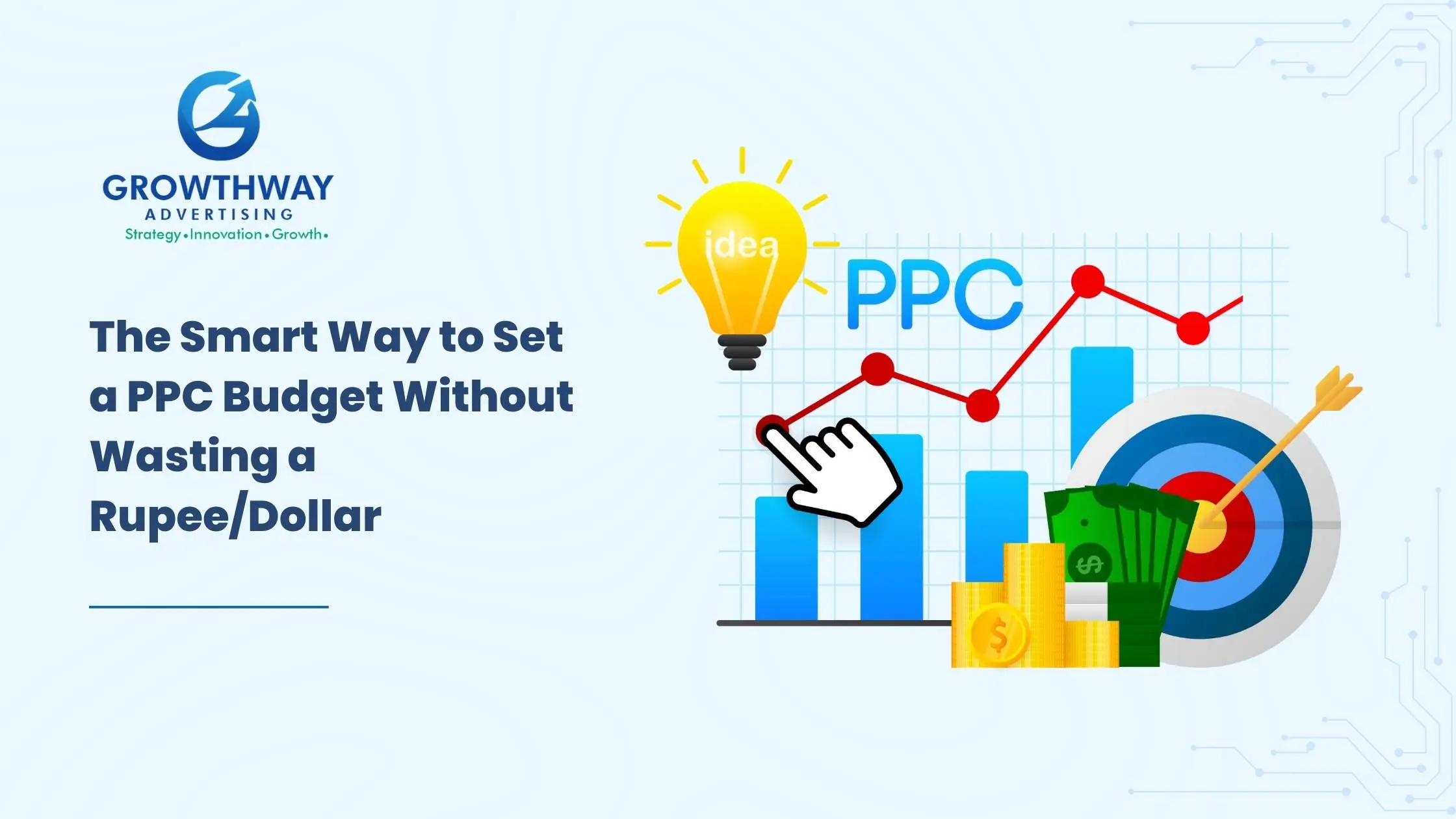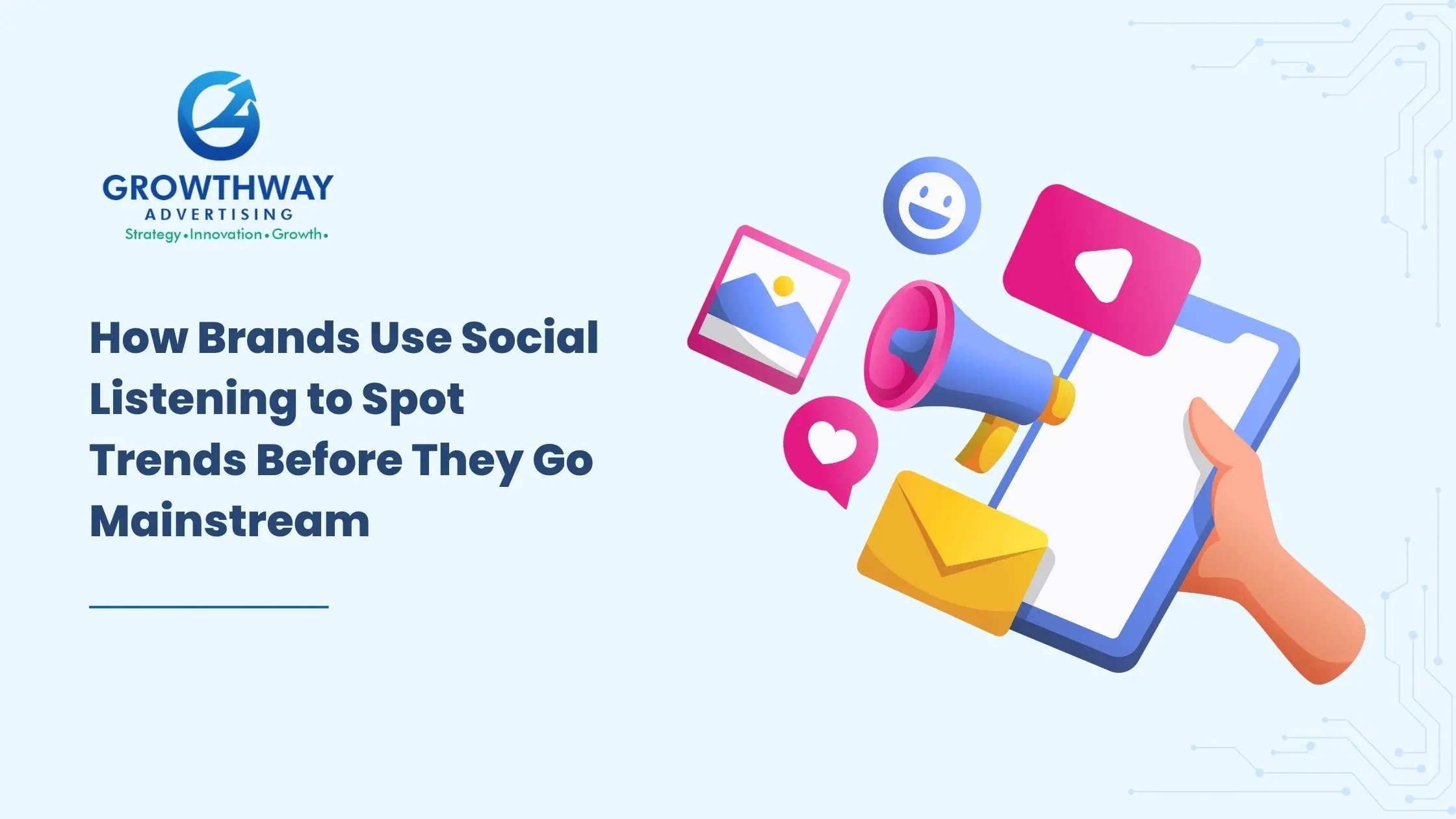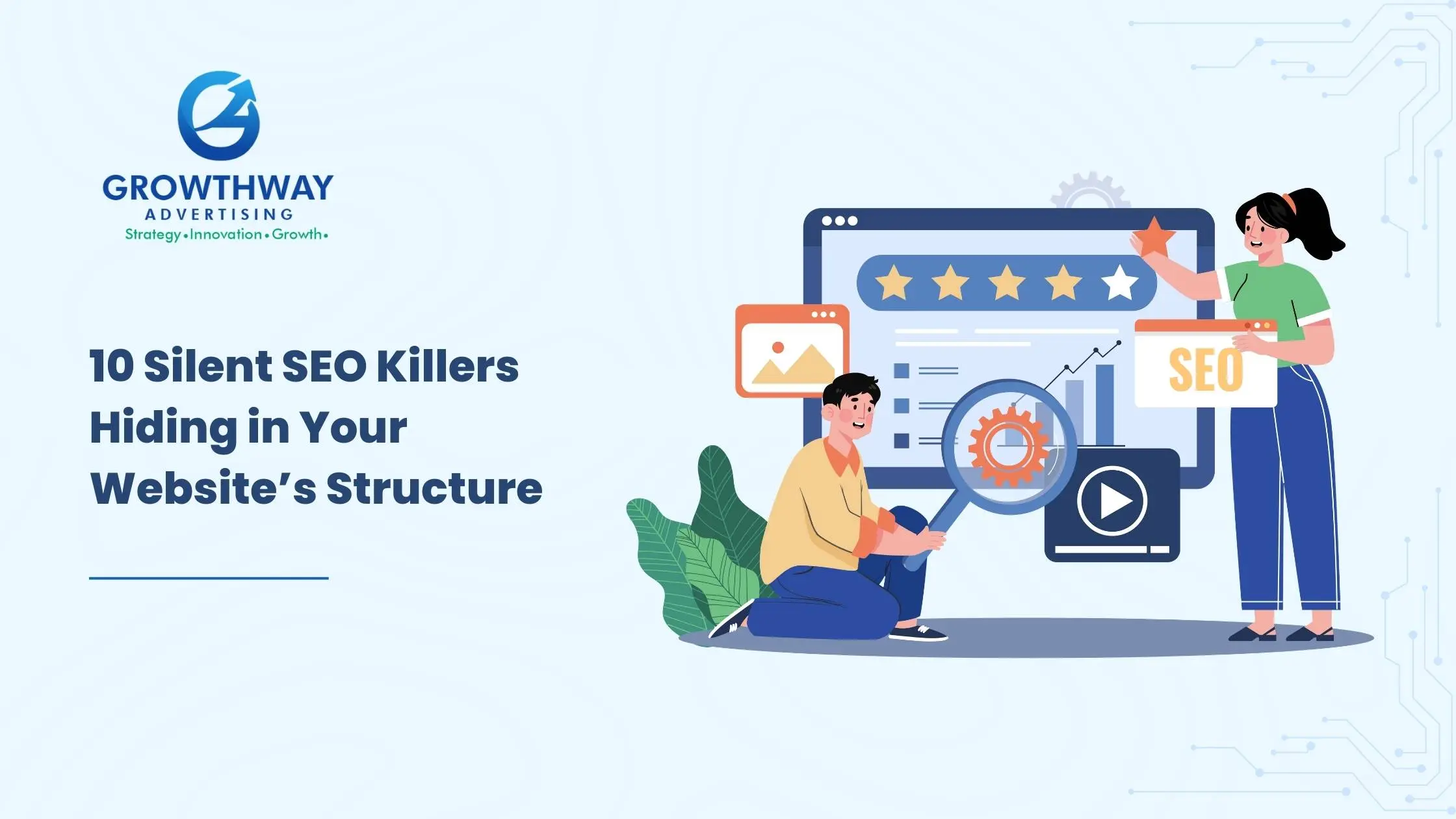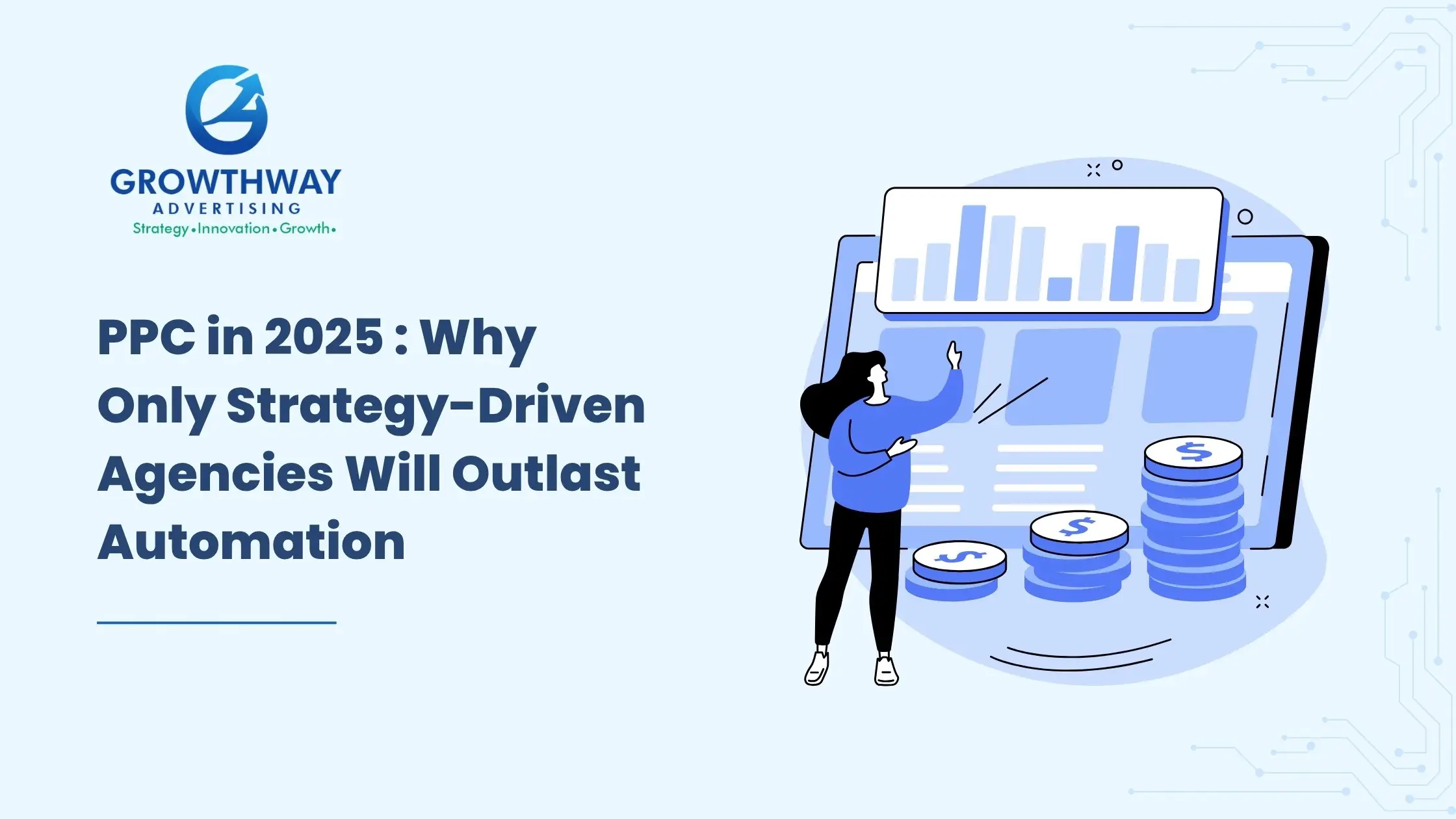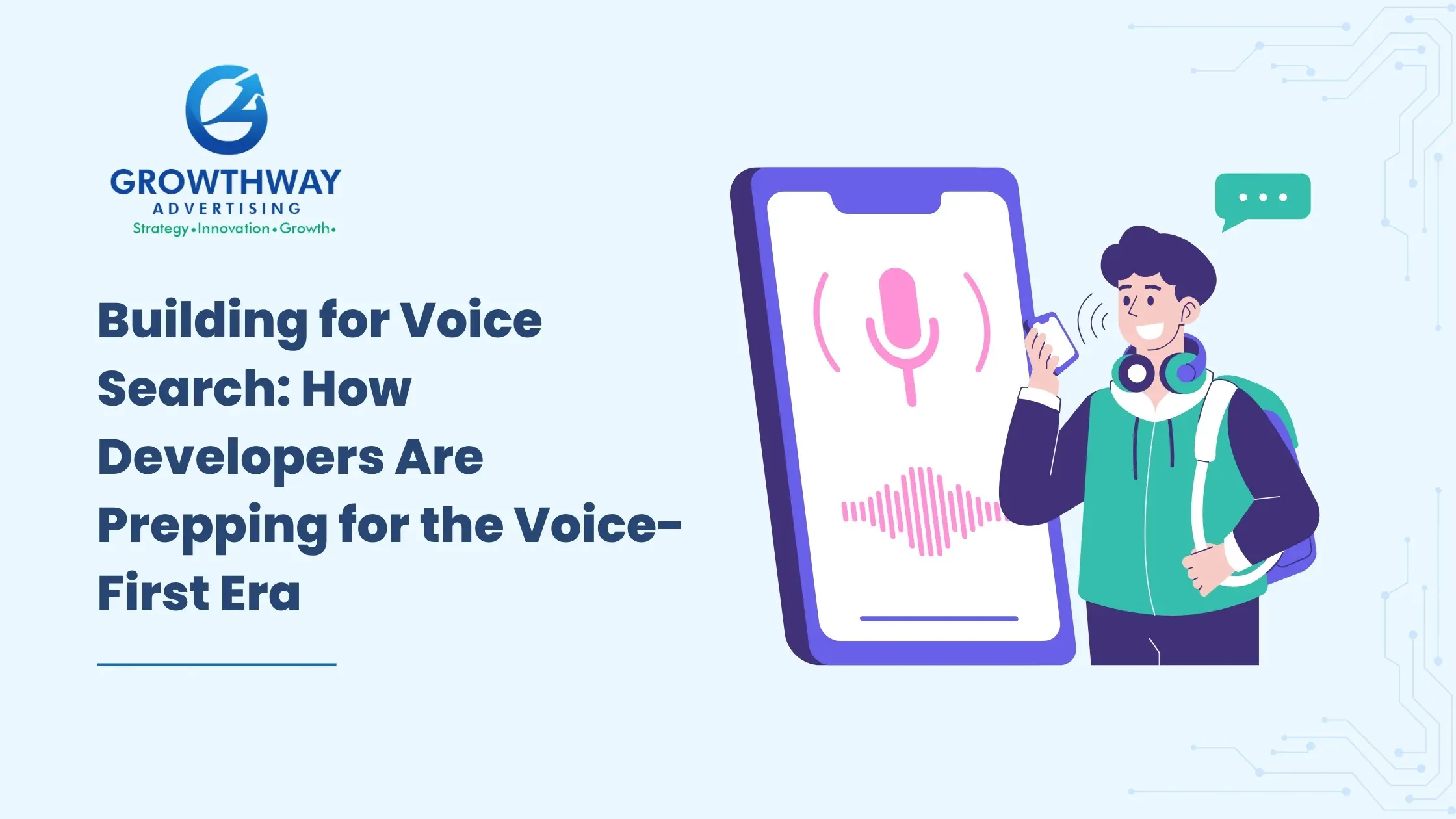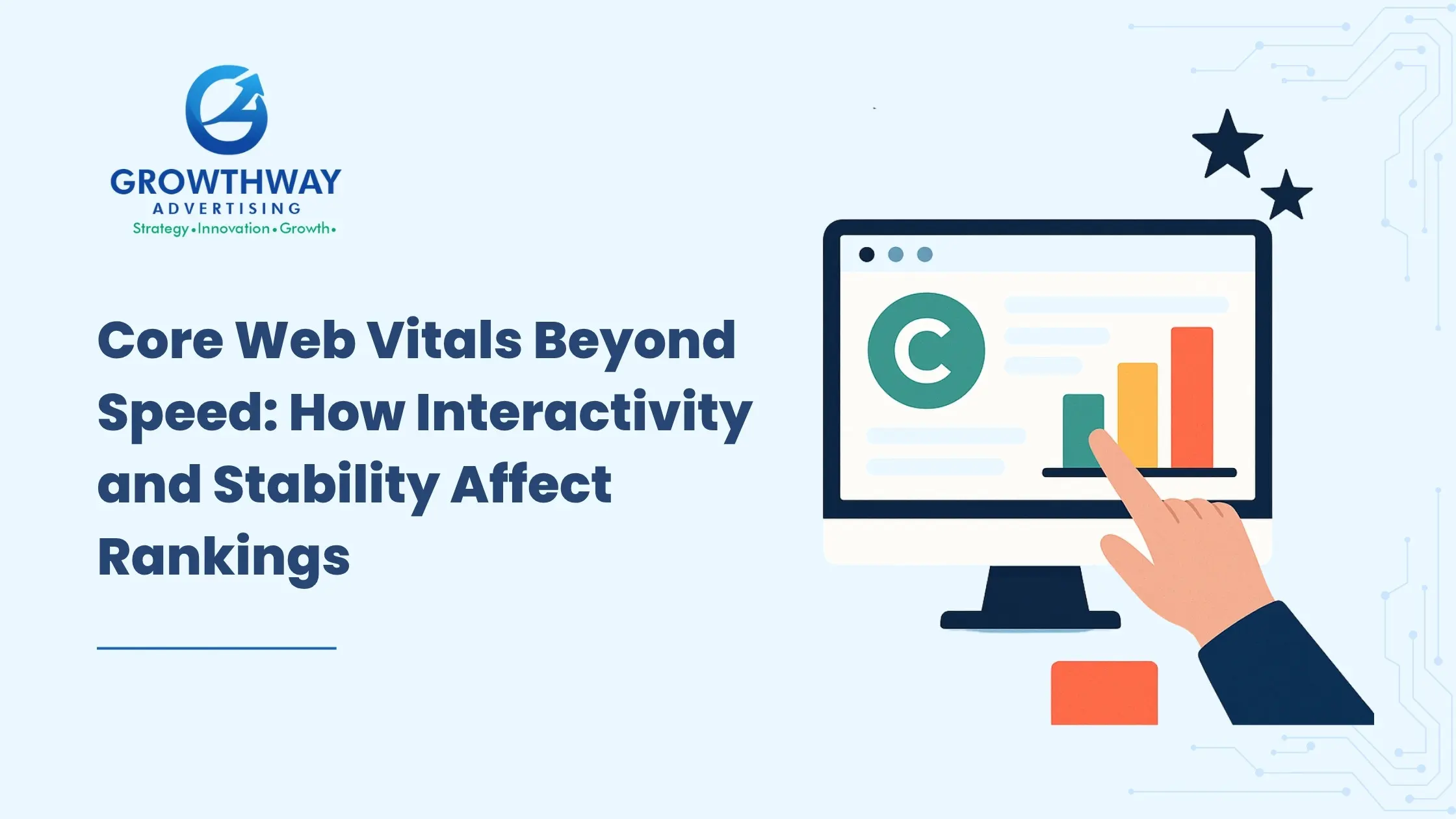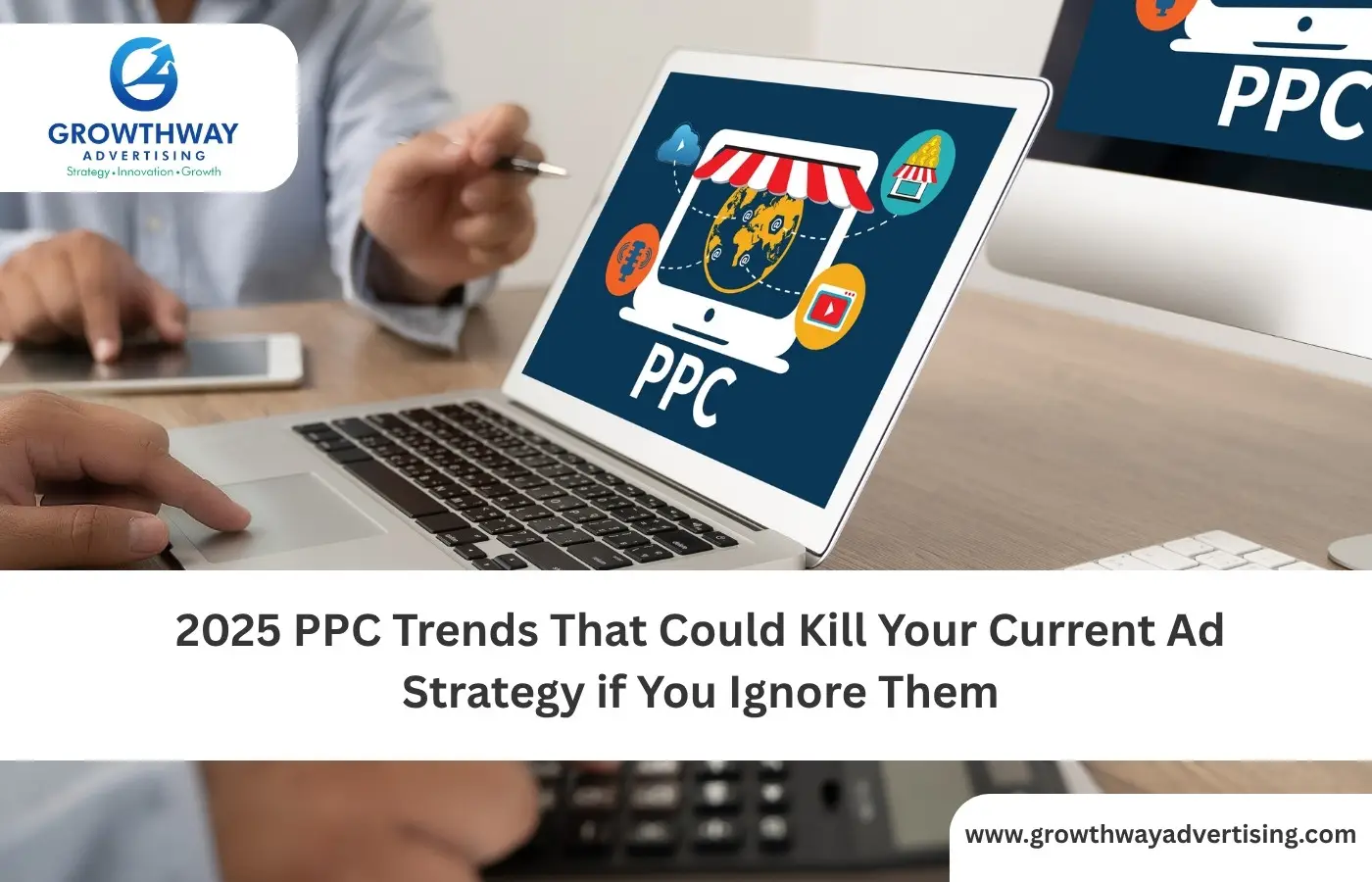The majority of the websites possess content. Its content increases few as it does actually generate traffic month to month. In many cases, the gap simply boils down to the upgrade of content- the extras around the content that are good value and help people to share it and make you start to feature in more searches.
The dirty little secret is that if you want people to take you seriously when it comes to gaining organic reach you can no longer simply do a blog post and wish you can get some. You require interactivity, imagery, and high value-adds such as: infographics, quizzes, polls, and charts.
Regardless of whether you are a business owner with an SEO agency, a marketing manager doing the work in-house, or a sole entrepreneur learning the techniques with an SEO consultant, these upgrades can dramatically change the perceptions of the search engines and readers on your site.
Why Content Upgrades Matter for SEO
Engagement signals are more and more being measured by search engines. The longer the time spent on the page and the lower the bounce rates, the more it communicates trust. So, following are what these upgrades accomplish to your rankings:
Boost dwell time – Interactive elements keep users clicking, scrolling, and reading.
Promote inbound links – Infographics are great links to other websites.
Increase keyword coverage – Additional content provides you with a way to organically include accessory information and keywords without keyword stuffing such as how to, what is, and best practices.
Improve user experience – Engaged users have a higher conversion rate and this is what every good seo company should desire on behalf of clients.
1. Infographics: The Visual Authority Boost
Infographics are a combination of design and data to make something complex. They make a popular piece of high-performing content since they are both pleasing to the reader and easy to share.
How to Use Infographics for SEO
- Identify keyword gaps: Look for related queries your content doesn’t yet answer, and visualize those answers.
- Break down complex data: Search engines love structured data, and users love quick takeaways.
- Embed in blogs & share socially: Don’t let them live in one place distribute them across social media, email newsletters, and guest posts.
Example: A SEO expert who writes on the topic of on-page SEO checklists might come up with an infographic of the different steps of what one should do to optimize the page which will capture backlinks to marketing related communities.
Optimization Trick: Reduce size of images and insert alt-text with related keywords such as search engine optimization services so as not to impact speed of load.
2. Quizzes: Interactive Content That Hooks
However, quizzes take social media fun seriously as they are considered the tools of serious engagement in SEO. They trigger engagement, which severely gains on-page measurements.
SEO Advantages of Quizzes
- Increases page interaction rates — users click, answer, and scroll more.
- Perfect for capturing leads — gate the results with an email form.
- Creates a reason for repeat visits — users return to try again or share with friends.
Example Quiz Ideas for a Marketing Site:
- “How SEO-Ready Is Your Website?” — Ideal for an SEO services company to generate leads.
- “Which SEO Strategy Fits Your Business?” — Helps position you as the best SEO agency by offering personalized advice.
Implementation Tip: Include the results where subtle marketing of your SEO marketing packages or inducement of booking a consultation with your SEO company will be done.

3. Polls: Data Collection Meets Engagement
The polls are effective as they are fast to respond and motivate visitors to share their opinion. Should they be implemented on appropriate materials, they enhance interaction and provide you with exclusive information to use.
Why Polls Work for SEO
- Makes users stay on the page.
- Promotes play on desktop and mobile.
- Allows you to produce original research content which is backlink bait.
Example Poll Ideas for an SEO Site:
- “Which SEO tactic gave you the most results this year?”
- “Do you believe backlinks are still the #1 ranking factor?”
Use will help deliver subsequent blog entries, thereby giving credence to your SEO services, all the while introducing information keywords such as SEO trends, SEO tips, and how search rankings work.
4. Charts: Visualizing Data for Authority
Charts help to better digest or to believe data. An excellent tool when it comes to proving expertise, in particular, an approach used by an SEO agency dealing with the competitive keywords.
SEO Benefits of Charts
- Improves comprehension — readers understand stats faster.
- Encourages linking — original data visualizations get cited often.
- Supports keyword variations like statistics, research, and case study.
Indicative: A chart of an SEO consultant showing the increases in organic traffic pre and post technical optimization work with clear demonstration of ROI of the search engine optimization services.
5. Content Upgrades Most Sites Miss
Most brands end at infographics and do not remember that other improvements can bring even greater victories:
- Downloadable Checklists: Perfect for “how to” searches; keeps people coming back.
- Swipe Files & Templates: Free resources get bookmarked and shared widely.
- Mini-Tools & Calculators: If you’re in a niche like SEO, a “Keyword Difficulty Calculator” can earn backlinks from other marketers.
- Annotated Screenshots: Step-by-step visuals help you rank for detailed guides.
The most availing search engine optimization agency will conduct tests with various types of upgrades so as to determine which ones appeal to the listeners and the niche.
6. Making Content Upgrades Work Harder for SEO
It is not a matter of adding an infographic or a poll, but an integration:
- Optimize file names and alt text with keywords like best seo company, seo services, and seo marketing so they contribute to rankings.
- Link internally to related blogs or service pages for authority flow.
- Promote upgrades off-site — social shares, email blasts, and even repurposing in webinars increase reach.
- Track engagement metrics — dwell time, CTR on upgrade elements, and shares will show impact.
7. Leveraging Informational and LSI Keywords Naturally
During addition of upgrades you can add high-value informational terms naturally as well, but you cannot overload stuff. Examples:
- “How to choose the right SEO services company”
- “What is a content upgrade in SEO?”
- “Best practices for using infographics in SEO marketing”
- “Tips for getting more backlinks with SEO services”
These are keywords to capture searchers thinking about learning something, featured snippets and top of the funnel traffic, which can be converted later.
8. How to Decide Which Upgrade to Use
Different upgrades work better for different goals:
| Goal | Best Upgrade | Why It Works |
| More backlinks | Infographics, Charts | Shareable, authoritative visuals |
| Lead generation | Quizzes, Downloadables | Captures contact info |
| Engagement boost | Polls, Interactive tools | Quick participation |
| Trust building | Polls, Interactive tools | Shows proof and authority |
9. Technical SEO Considerations for Content Upgrades
And stop playing with so many graphics or interactive stuff; remember the technical part:
- Heavy media lazy-load, so the page speed is not being affected.
- As much as possible, use schema markup of quizzes or polls.
- Ensure mobile responsiveness the best SEO agency knows Google’s mobile-first indexing rewards it.
- Place huge resources on a CDN to decrease the load on the servers.
Such details are important to the same extent as creative work. You can get the prettiest infographic in the world, yet with a slow or unoptimized site an infographic can not save the day.
10. Using Content Upgrades to Stand Out From Competitors
The fact is that more businesses simply use plain text and stock imagery. That is your chance. When it comes to SEO upgrades that allows for more interactivity, more research-based content and aesthetically superior content, your SEO firm is not only ranking, but abso-freakin-lutely stomping on the click-through rates and consumption.
Suppose that there are two different articles titled “Local SEO Checklist.” One of them is text only. The other will include a visually branded checklist, interactive quiz to make sure you are ready, a poll where experts give their opinions and a chart with local ranking factors. Which do you suppose will be rewarded to the users and Google?
11. Real-World Workflow for Adding Upgrades
- Research: Find gaps in current content and identify user intent.
- Choose format: Match upgrade type to SEO goal.
- Create: Work with design and development (or use templates).
- Optimize: Add metadata, alt text, and internal links.
- Promote: Push through email, social, and relevant communities.
- Measure: Use analytics to track traffic, engagement, and conversions.
A professional SEO firm will incorporate this as part of their continuous content plan to make upgrades systematic and not single instance.
FAQ’s
They increase dwell time, attract backlinks, and allow you to naturally target more keywords, improving your site’s search engine visibility.
Infographics and charts tend to earn more backlinks, while quizzes and polls drive higher user engagement.
Yes. Infographics are highly shareable, often linked by other sites, and can rank in Google Image Search when optimized.
Polls boost engagement metrics and give you unique data, which you can turn into new, link-worthy content.
Compress files for faster loading, use descriptive file names, add keyword-rich alt text, and ensure mobile responsiveness.



